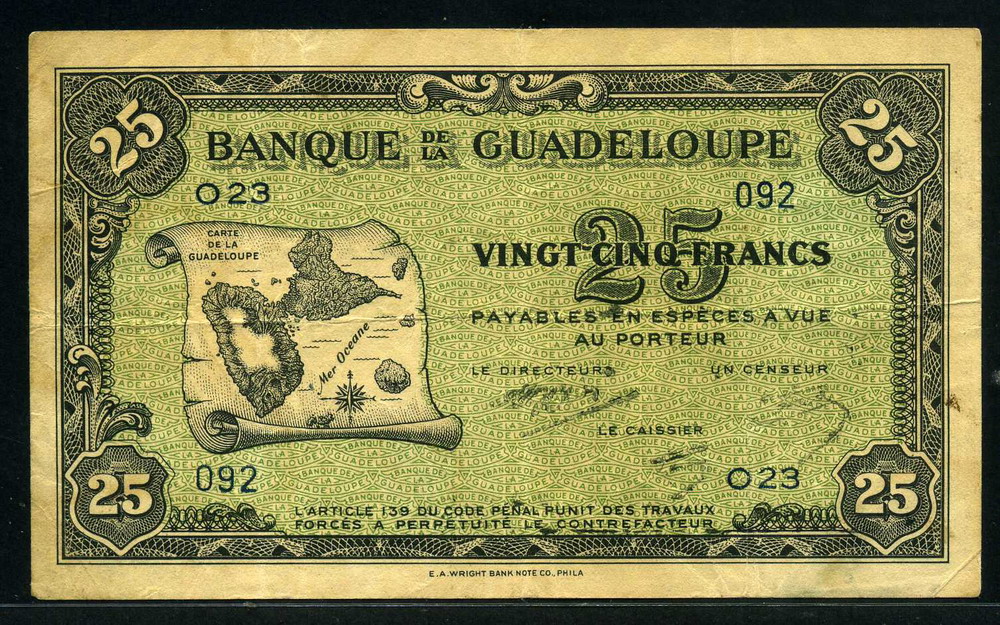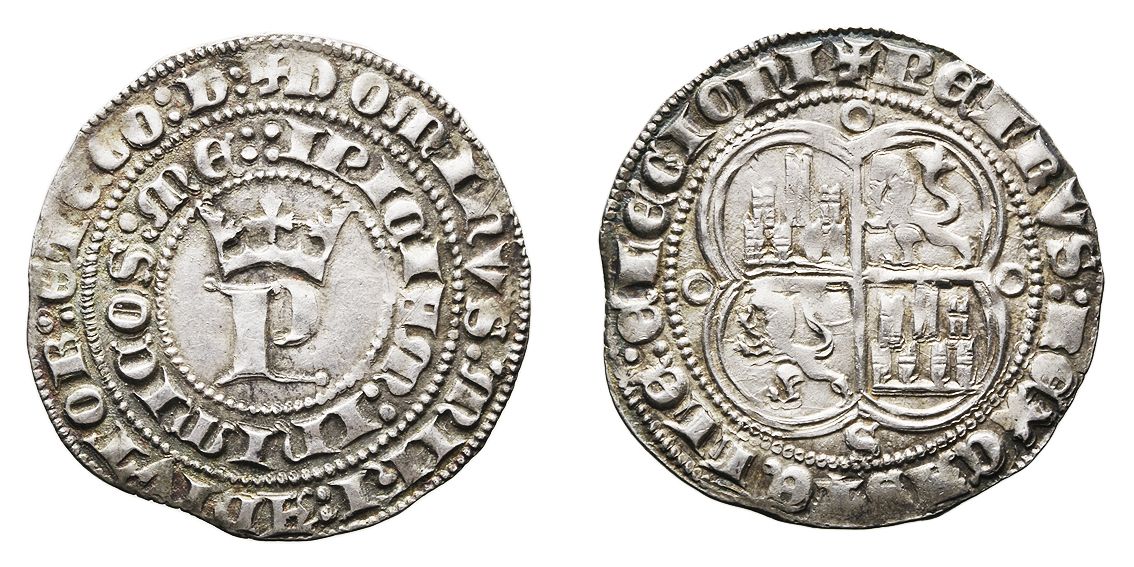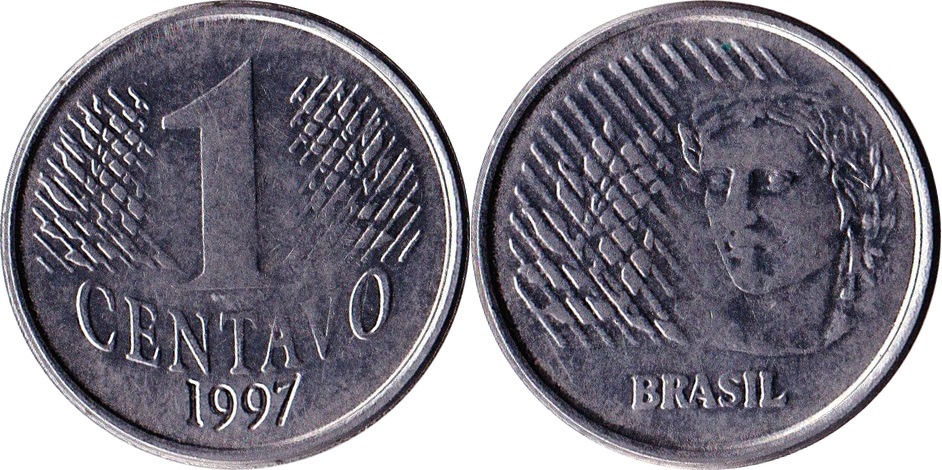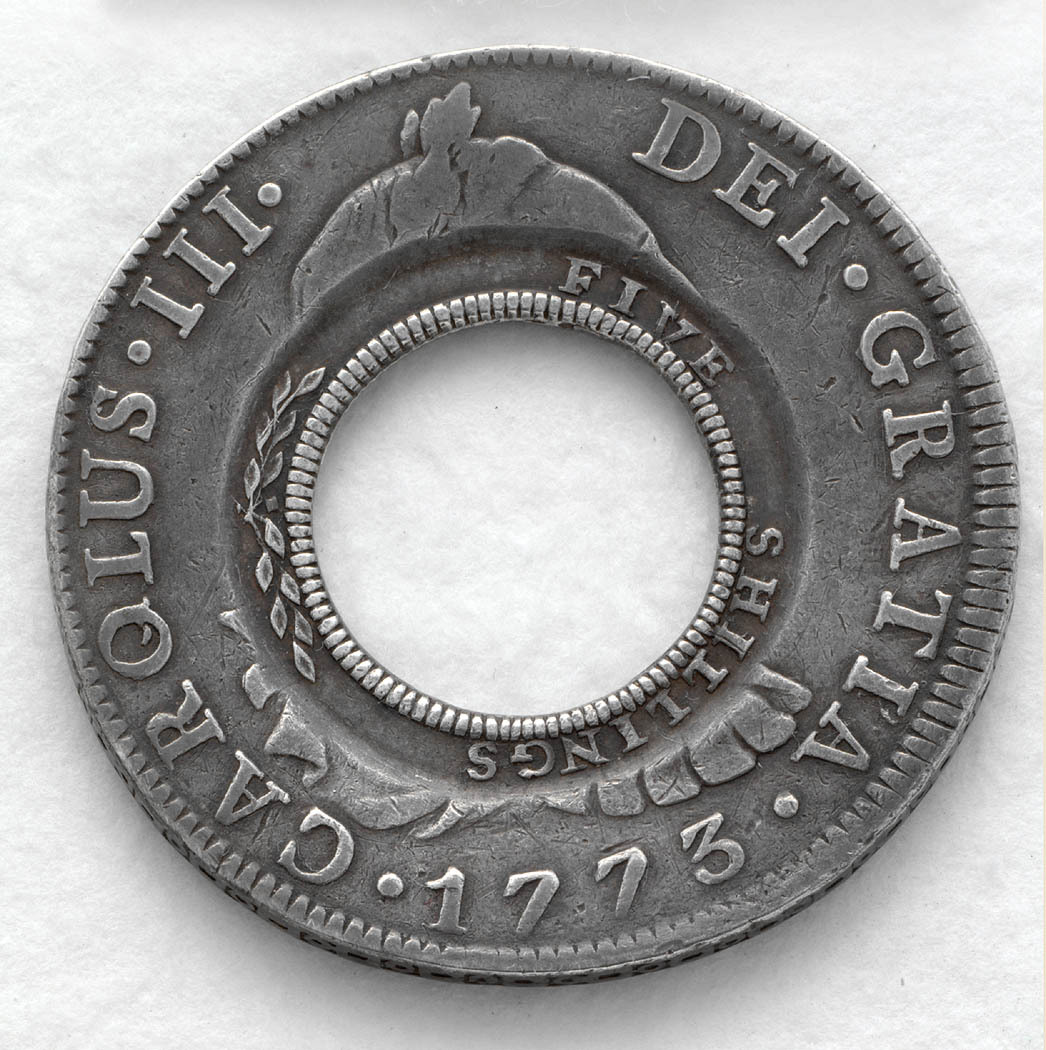|
Guadeloupe Livre
The livre was the currency of Guadeloupe until 1816. It was subdivided into 20 ''sous'', each of 12 ''deniers'', with the ''escalin'' worth 15 sous. The Guadeloupe livre was a French colonial currency, distinguished by the use, in part, of Spanish coins. History Initially, the French livre circulated. This was supplemented by overstamped and cut coins in the late 18th and early 19th centuries, especially between 1811 and 1816 when Guadeloupe was occupied by Britain. The French franc replaced the livre after French control was re-established, with the Guadeloupe franc issued from 1848. Coins In 1793, French 12 deniers coins were overstamped with the letters "RF" and circulated for 3 sous 9 deniers ( escalin). In 1802, 1 and 4 escalins coins were produced by cutting Spanish dollars into a central, octagonal part for the 4 escalins coins and eight outer sections for the 1 escalin coins. Both were stamped with "RF" and the 4 escalins were also stamped "4E". In 1811, a number of diff ... [...More Info...] [...Related Items...] OR: [Wikipedia] [Google] [Baidu] |
Guadeloupe
Guadeloupe (; ; gcf, label=Antillean Creole, Gwadloup, ) is an archipelago and overseas department and region of France in the Caribbean. It consists of six inhabited islands—Basse-Terre, Grande-Terre, Marie-Galante, La Désirade, and the two inhabited Îles des Saintes—as well as many uninhabited islands and outcroppings. It is south of Antigua and Barbuda and Montserrat, north of the Commonwealth of Dominica. The region's capital city is Basse-Terre, located on the southern west coast of Basse-Terre Island; however, the most populous city is Les Abymes and the main centre of business is neighbouring Pointe-à-Pitre, both located on Grande-Terre Island. It had a population of 384,239 in 2019.Populations légales 2019: 971 Guadeloupe INSEE Like the other overseas departments, ... [...More Info...] [...Related Items...] OR: [Wikipedia] [Google] [Baidu] |
French Livre
The livre (abbreviation: £ or ₶., French for (pound)) was the currency of Kingdom of France and its predecessor state of West Francia from 781 to 1794. Several different livres existed, some concurrently. The livre was the name of coins and of units of account. History Origin and etymology The livre was established by Charlemagne as a unit of account equal to one pound of silver. It was subdivided into 20 ''sous'' (also ''sols''), each of 12 '' deniers''. The word ''livre'' came from the Latin word ''libra'', a Roman unit of weight and still the name of a pound in modern French, and the denier comes from the Roman denarius. This system and the denier itself served as the model for many of Europe's currencies, including the British pound, Italian lira, Spanish dinero and the Portuguese dinheiro. This first livre is known as the . Only deniers were initially minted, but debasement led to larger denominations being issued. Different mints in different regions used diff ... [...More Info...] [...Related Items...] OR: [Wikipedia] [Google] [Baidu] |
United Kingdom Of Great Britain And Ireland
The United Kingdom of Great Britain and Ireland was a sovereign state in the British Isles that existed between 1801 and 1922, when it included all of Ireland. It was established by the Acts of Union 1800, which merged the Kingdom of Great Britain and the Kingdom of Ireland into a unified state. The establishment of the Irish Free State in 1922 led to the remainder later being renamed the United Kingdom of Great Britain and Northern Ireland in 1927. The United Kingdom, having financed the European coalition that defeated France during the Napoleonic Wars, developed a large Royal Navy that enabled the British Empire to become the foremost world power for the next century. For nearly a century from the final defeat of Napoleon following the Battle of Waterloo to the outbreak of World War I, Britain was almost continuously at peace with Great Powers. The most notable exception was the Crimean War with the Russian Empire, in which actual hostilities were relatively limited. How ... [...More Info...] [...Related Items...] OR: [Wikipedia] [Google] [Baidu] |
French Franc
The franc (, ; sign: F or Fr), also commonly distinguished as the (FF), was a currency of France. Between 1360 and 1641, it was the name of coins worth 1 livre tournois and it remained in common parlance as a term for this amount of money. It was reintroduced (in decimal form) in 1795. After two centuries of inflation, it was redenominated in 1960, with each (NF) being worth 100 old francs. The NF designation was continued for a few years before the currency returned to being simply the franc. Many French residents, though, continued to quote prices of especially expensive items in terms of the old franc (equivalent to the new centime), up to and even after the introduction of the euro (for coins and banknotes) in 2002. The French franc was a commonly held international reserve currency of reference in the 19th and 20th centuries. Between 1998 and 2002, the conversion of francs to euros was carried out at a rate of 6.55957 francs to 1 euro. History The French Franc tr ... [...More Info...] [...Related Items...] OR: [Wikipedia] [Google] [Baidu] |
Guadeloupe Franc
The franc was the currency of Guadeloupe until 2002. It was subdivided into 100 ''centimes''. History The franc was introduced following France's recovery of the Islands from the U.K. in 1816. It replaced the livre. The French franc circulated, alongside banknotes issued specifically for French Guiana between 1848 and 1961 and notes issued for Guadeloupe, French Guiana and Martinique (collectively referred to as the French Antilles) between 1961 and 1975. Coins In 1903 and 1921, cupro-nickel 50 centimes and 1 franc coins were issued. Banknotes In 1848, the ''Banque de Pret'' introduced notes in denominations of 5, 10, 50, 100, 500, and 1000 francs. The Colonial Treasury issued 1 franc ''Bons de Caisse'' from 1854, followed by 2 francs in 1864 and 50 centimes, 5 and 10 francs in 1884. In 1887, the ''Banque de la Guadeloupe'' introduced 500 francs notes, followed by 50 centimes, 1, 2, 25, and 100 francs in 1920 and 5 francs in 1928. A final series of notes was introduced by the ... [...More Info...] [...Related Items...] OR: [Wikipedia] [Google] [Baidu] |
Spanish Dollar
The Spanish dollar, also known as the piece of eight ( es, Real de a ocho, , , or ), is a silver coin of approximately diameter worth eight Spanish reales. It was minted in the Spanish Empire following a monetary reform in 1497 with content 25.563 g = 0.822 oz t fine silver. It was widely used as the first world currency, international currency because of its uniformity in standard and milling characteristics. Some countries countermarked the Spanish dollar so it could be used as their local currency. Because the Spanish dollar was widely used in Europe, the Americas, and the Far East, it became the first world currency by the late 18th century. The Spanish dollar was the coin upon which the original United States dollar was based (at 0.7735 oz t = 24.0566 g), and it remained legal tender in the United States until the Coinage Act of 1857. Many other currencies around the world, such as the Japanese yen and the Yuan (currency), Chinese yuan, were initially based on the Span ... [...More Info...] [...Related Items...] OR: [Wikipedia] [Google] [Baidu] |
Spanish Real
The ''real'' (English: /ɹeɪˈɑl/ Spanish: /reˈal/) (meaning: "royal", plural: ''reales'') was a unit of currency in Spain for several centuries after the mid-14th century. It underwent several changes in value relative to other units throughout its lifetime until it was replaced by the '' peseta'' in 1868. The most common denomination for the currency was the silver eight-''real'' Spanish dollar (''Real de a 8'') or peso which was used throughout Europe, America and Asia during the height of the Spanish Empire. History In Spain and Spanish America The first real was introduced by King Pedro I of Castile in the mid 14th century, with 66 minted from a ''Castilian mark'' of silver (230.0465 grams) in a fineness of (0.9306), and valued of 3 ''maravedíes''. It circulated beside various other silver coins until a 1497 ordinance eliminated all other coins and retained the real (now minted 67 to a mark of silver, 0.9306 fine, fine silver of 3.195 grams) subdivided into 34 ... [...More Info...] [...Related Items...] OR: [Wikipedia] [Google] [Baidu] |
Spanish Colonial Real
The silver real ( es, real de plata) was the currency of the Spanish Empire, Spanish colonies in America and the Philippines. In the seventeenth century the silver real was established at two Spanish real, billon reals (''reales de vellón'') or sixty-eight ''Spanish maravedí, maravedís''. Gold ''Spanish escudo, escudos'' (worth 16 reales) were also issued. The coins circulated throughout Spain's colonies and beyond, with the eight-real piece, known in English as the Spanish dollar, becoming an international standard and spawning, among other currencies, the United States dollar. A reform in 1737 set the silver real at two and half billon reals (reales de vellón) or eighty-five maravedís. This coin, called the ''real de plata fuerte'', became the new standard, issued as coins until the early 19th century. The gold escudo was worth 16 ''reales de plata fuerte''. History Coins were produced at mints in Bogotá, Caracas, Guatemala City, Lima, Mexico City, Popayán, Potosí, San ... [...More Info...] [...Related Items...] OR: [Wikipedia] [Google] [Baidu] |
British Pound
Sterling (abbreviation: stg; Other spelling styles, such as STG and Stg, are also seen. ISO code: GBP) is the currency of the United Kingdom and nine of its associated territories. The pound ( sign: £) is the main unit of sterling, and the word "pound" is also used to refer to the British currency generally, often qualified in international contexts as the British pound or the pound sterling. Sterling is the world's oldest currency that is still in use and that has been in continuous use since its inception. It is currently the fourth most-traded currency in the foreign exchange market, after the United States dollar, the euro, and the Japanese yen. Together with those three currencies and Renminbi, it forms the basket of currencies which calculate the value of IMF special drawing rights. As of mid-2021, sterling is also the fourth most-held reserve currency in global reserves. The Bank of England is the central bank for sterling, issuing its own banknotes, and regu ... [...More Info...] [...Related Items...] OR: [Wikipedia] [Google] [Baidu] |
French écu
French (french: français(e), link=no) may refer to: * Something of, from, or related to France ** French language, which originated in France, and its various dialects and accents ** French people, a nation and ethnic group identified with France ** French cuisine, cooking traditions and practices Fortnite French places Arts and media * The French (band), a British rock band * "French" (episode), a live-action episode of ''The Super Mario Bros. Super Show!'' * ''Française'' (film), 2008 * French Stewart (born 1964), American actor Other uses * French (surname), a surname (including a list of people with the name) * French (tunic), a particular type of military jacket or tunic used in the Russian Empire and Soviet Union * French's, an American brand of mustard condiment * French catheter scale, a unit of measurement of diameter * French Defence, a chess opening * French kiss, a type of kiss involving the tongue See also * France (other) * Franch, a surname * Frenc ... [...More Info...] [...Related Items...] OR: [Wikipedia] [Google] [Baidu] |
Brazilian Real
The Brazilian real (plural, pl. '; currency symbol, sign: R$; ISO 4217, code: BRL) is the official currency of Brazil. It is subdivided into 100 centavos. The Central Bank of Brazil is the central bank and the issuing authority. The real replaced the Brazilian cruzeiro real, cruzeiro real in 1994. As of April 2019, the real was the twentieth most traded currency. History Currencies in use before the current real include: * The ''Portuguese real'' from the 16th to 18th centuries, with 1,000 ''réis'' called the ''milréis''. * The ''Brazilian real (old), old Brazilian real'' from 1747 to 1942, with 1,000 ''réis'' also called the ''milréis''. * The ''Brazilian cruzeiro (1942–1967), first cruzeiro'' from 1942 to 1967, at 1 cruzeiro = 1 ''milréis'' or 1,000 ''réis''. * The ''Brazilian cruzeiro novo, cruzeiro novo'' from 1967 to 1970, at 1 cruzeiro novo = 1,000 first cruzeiros. From 1970 it was simply called the ''Brazilian cruzeiro (1967-1986), (second) cruzeiro'' and was u ... [...More Info...] [...Related Items...] OR: [Wikipedia] [Google] [Baidu] |
Holey Dollar
Holey dollar is the name given to coins used in the early history of two British settlements: Prince Edward Island (now part of Canada) and New South Wales (now part of Australia). The middle was punched out of Spanish dollars, creating two parts: a small coin, known as a "dump" in Australia, and a "holey dollar". This was one of the first coins struck in Australia. Spanish dollar From 1497, the Spanish government started to mint a large silver coin that, through wide circulation, became known as the Spanish dollar. It was also known as the ''peso of eight reales'', or ''Piece of eight royals''. Prince Edward Island (Canada) Around the end of the 18th century, the Spanish dollar was in constant circulation in Eastern Canada and the United States. The value of the coin varied in different centres but was highest in Halifax. Therefore, whenever the merchants of Prince Edward Island (PEI) secured them, they sent them to Halifax to take advantage of the higher rate. The result ... [...More Info...] [...Related Items...] OR: [Wikipedia] [Google] [Baidu] |








